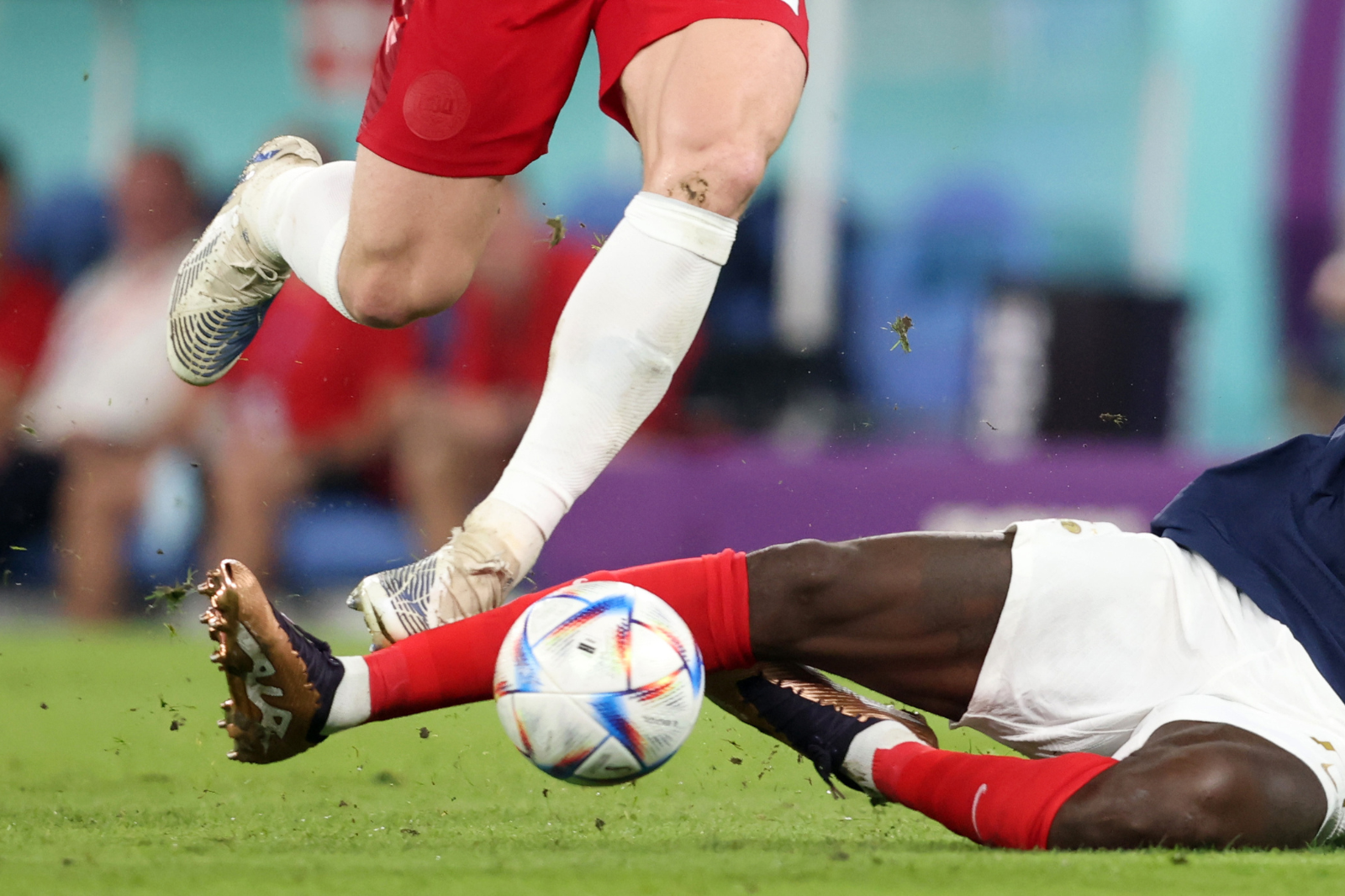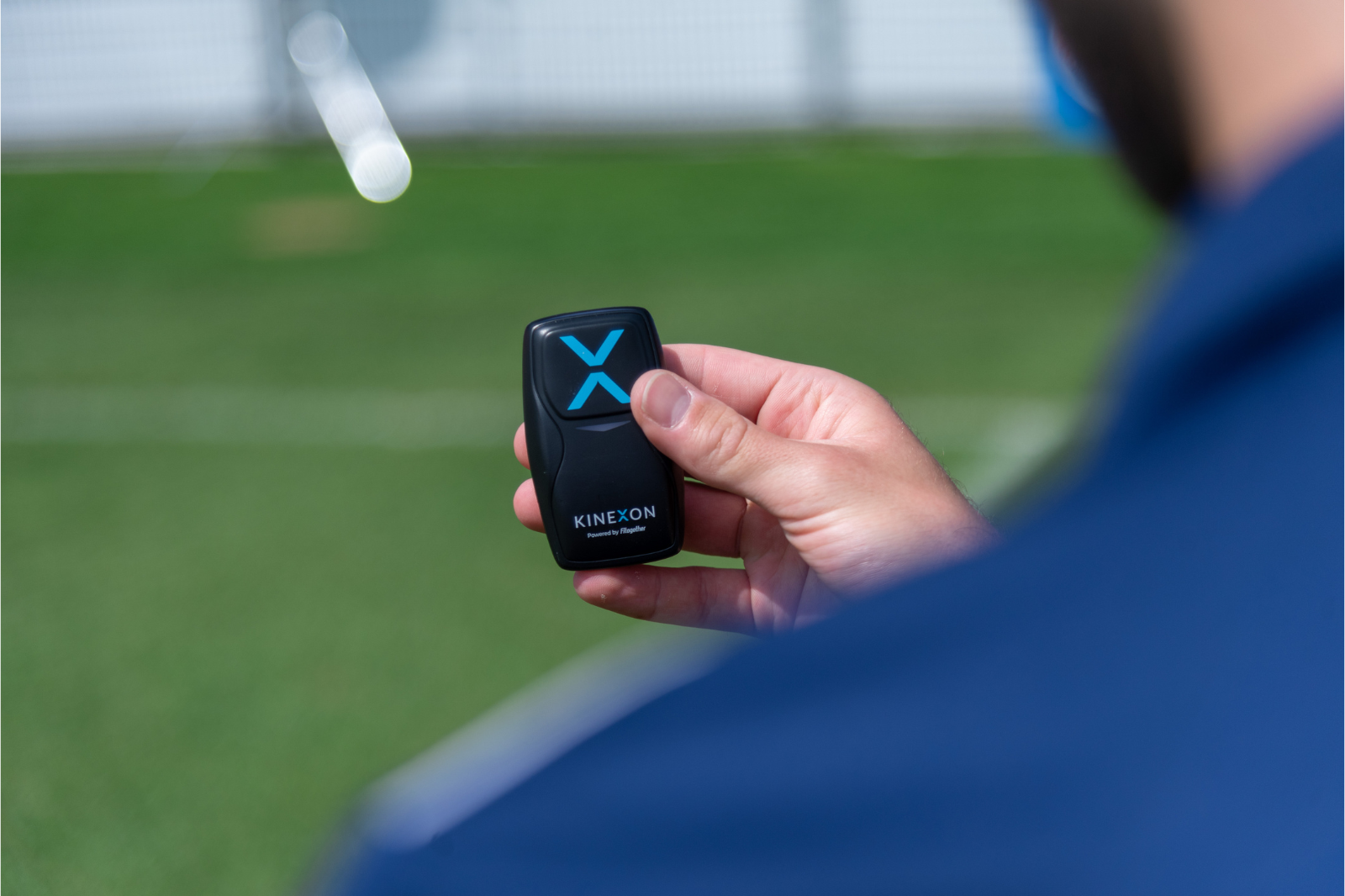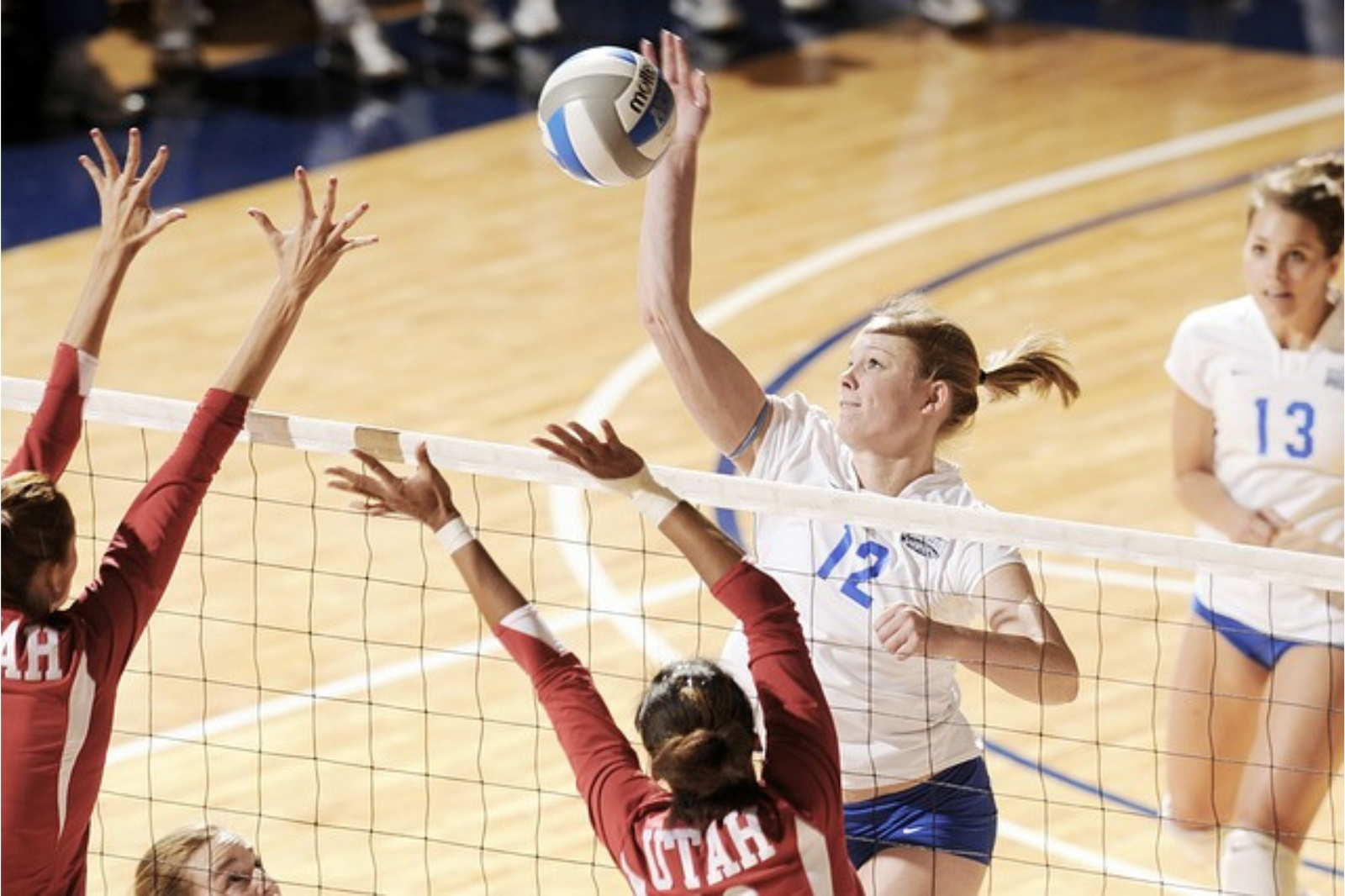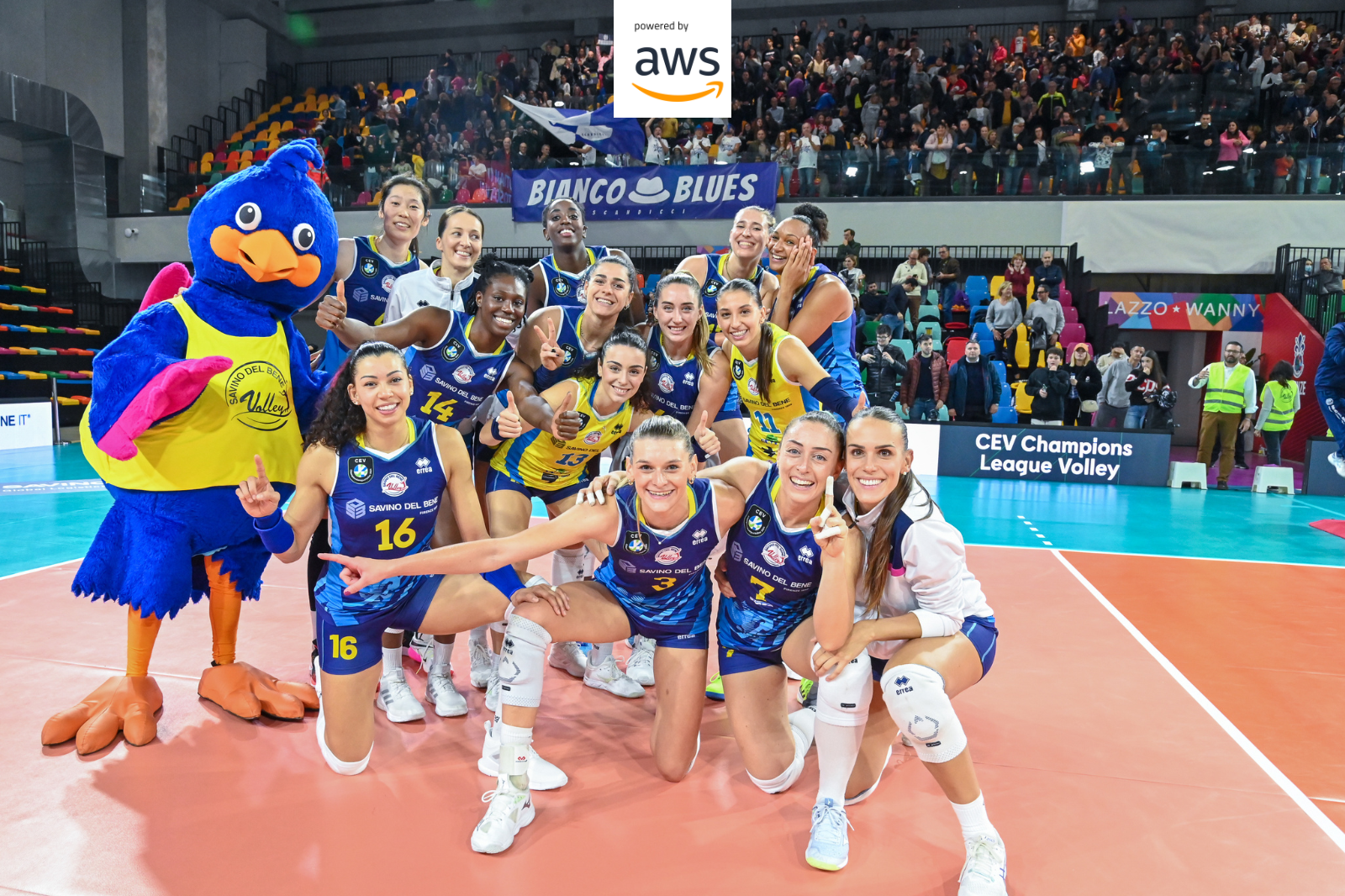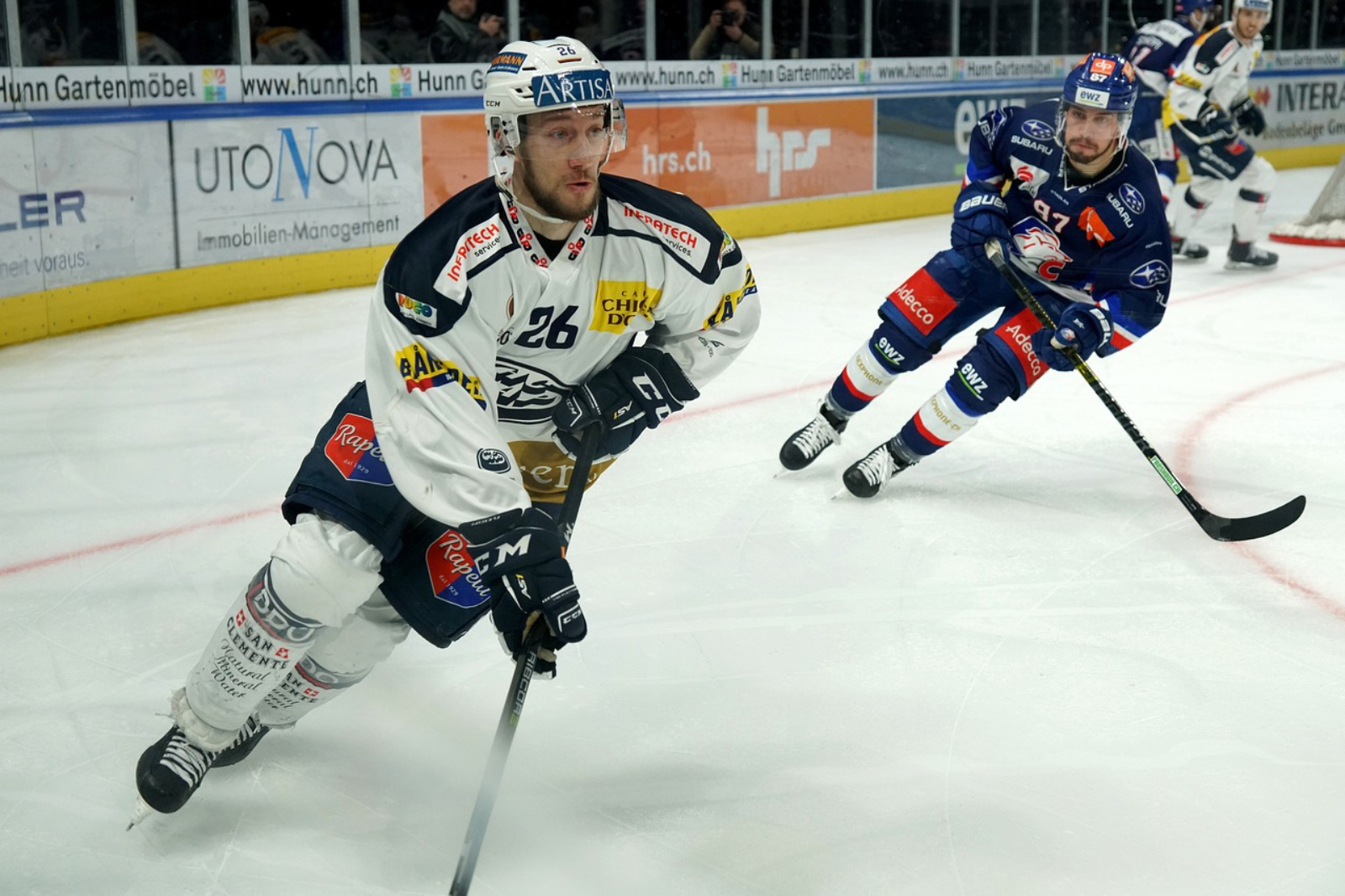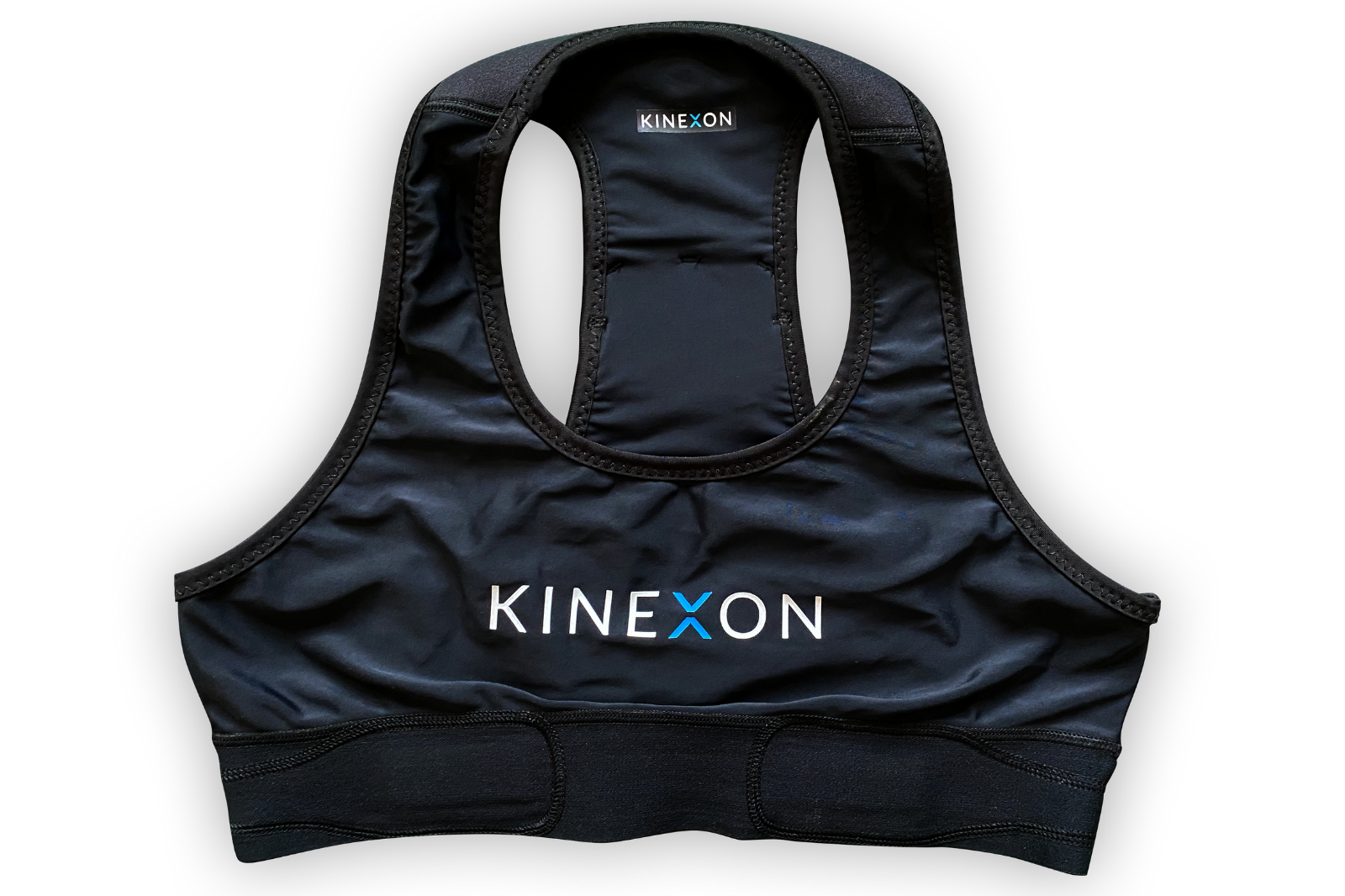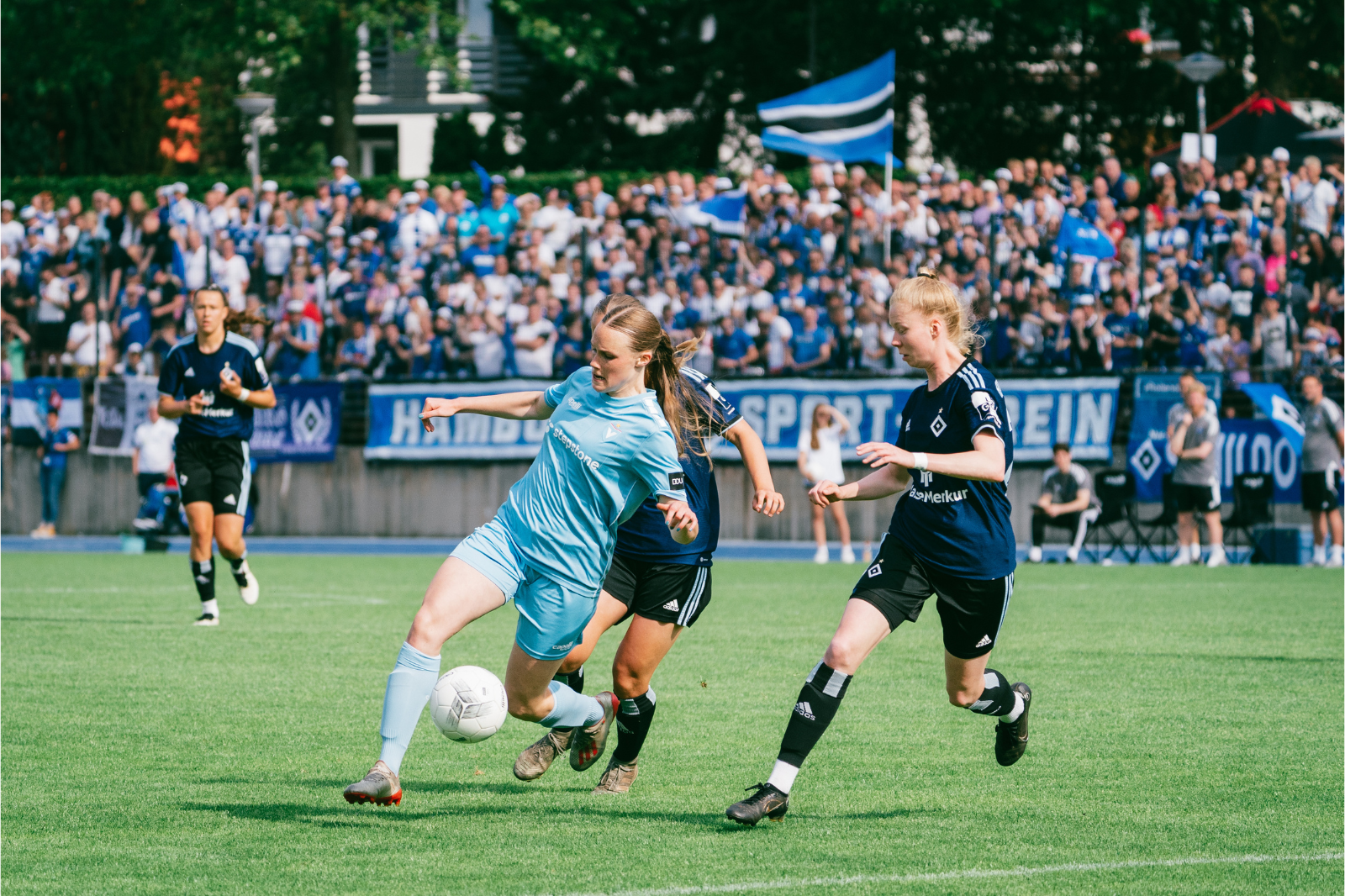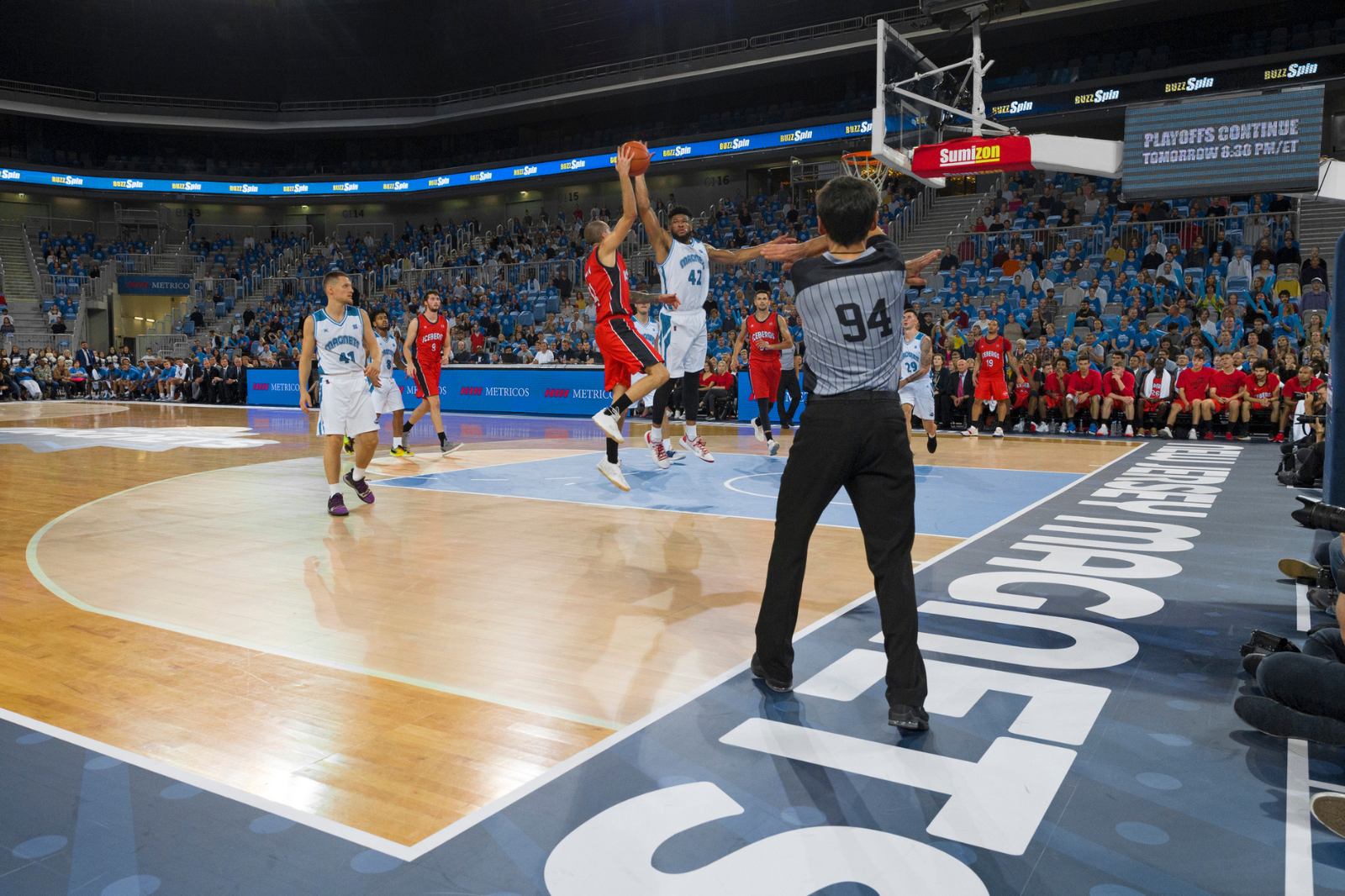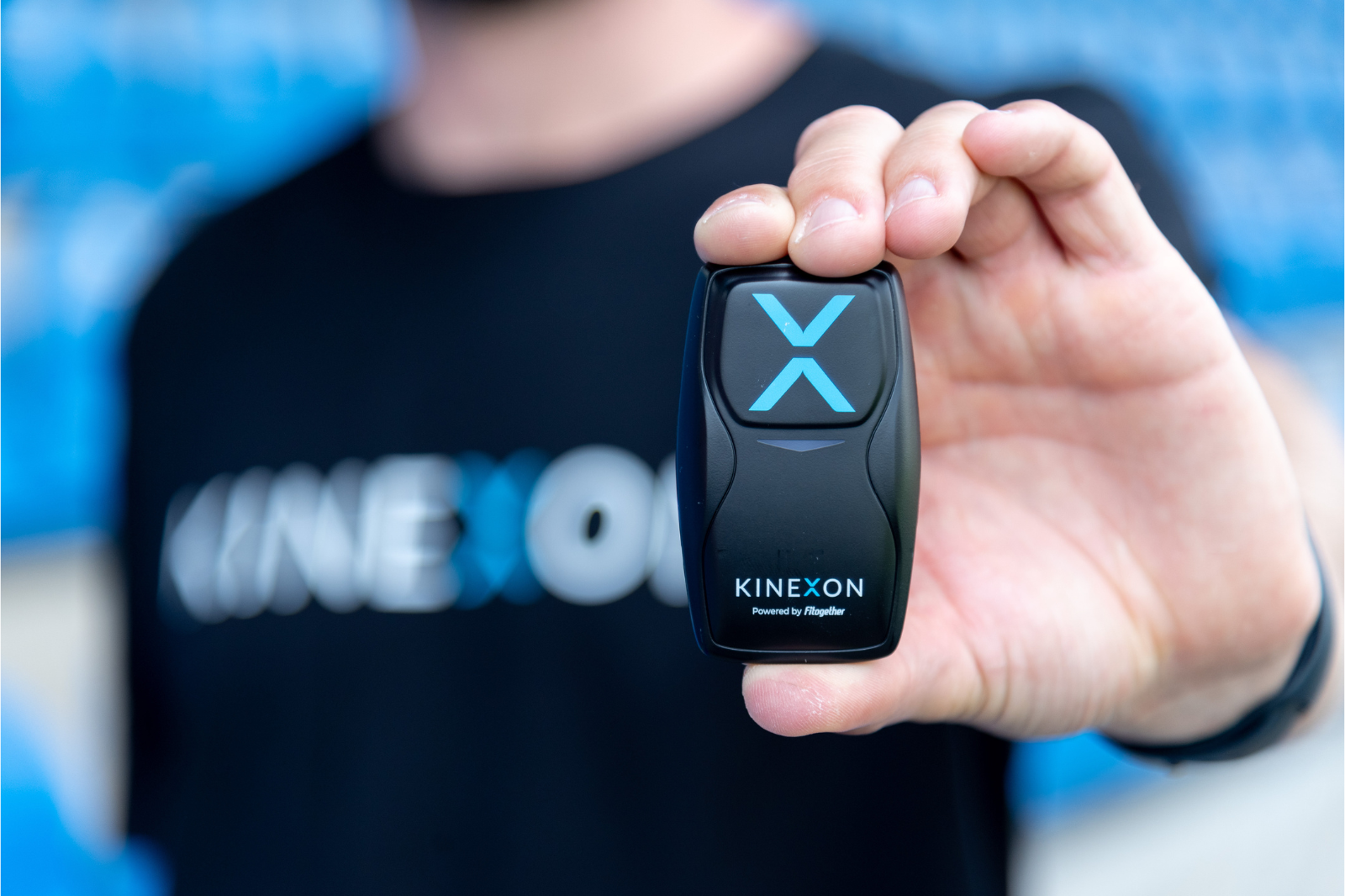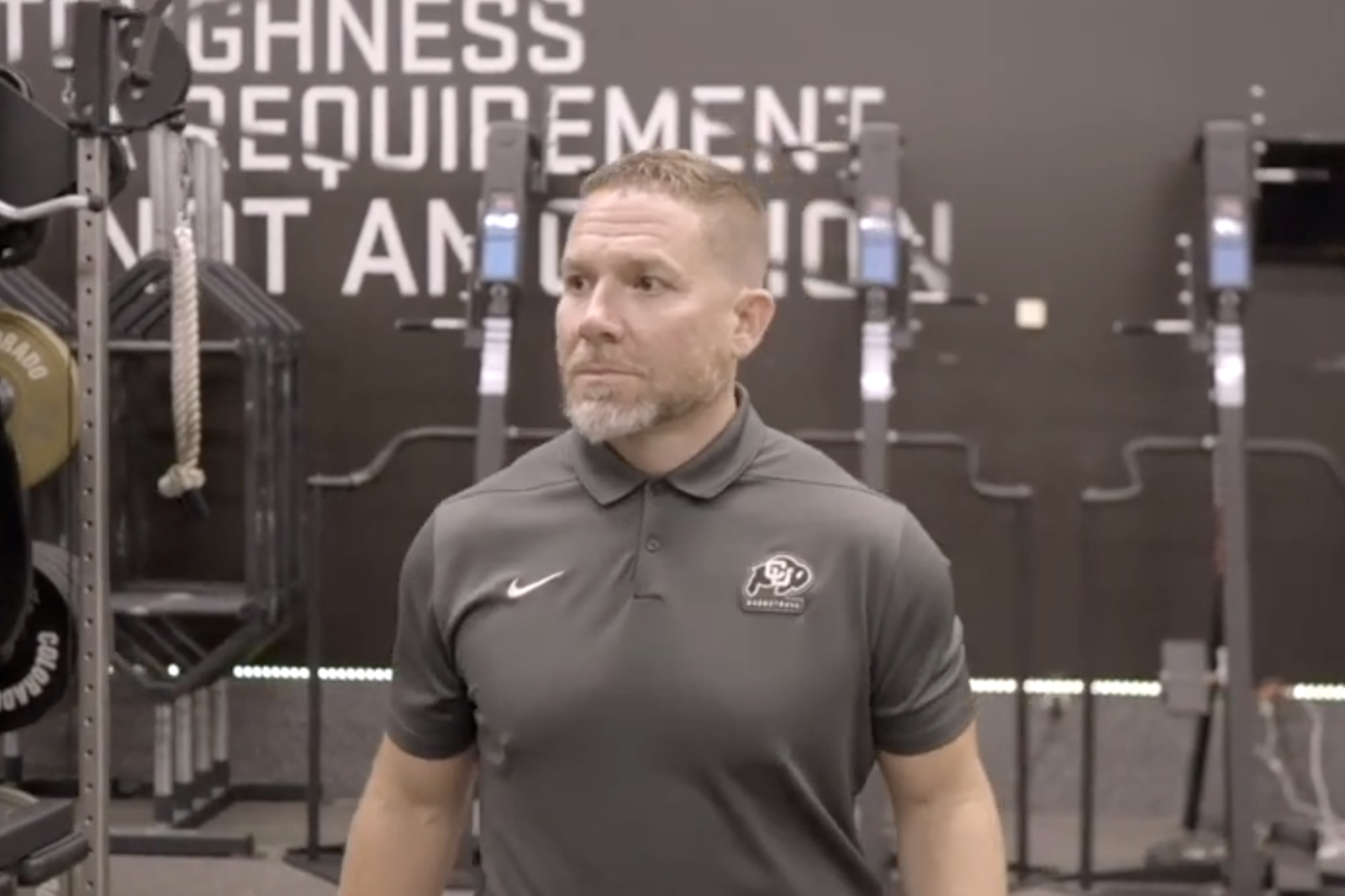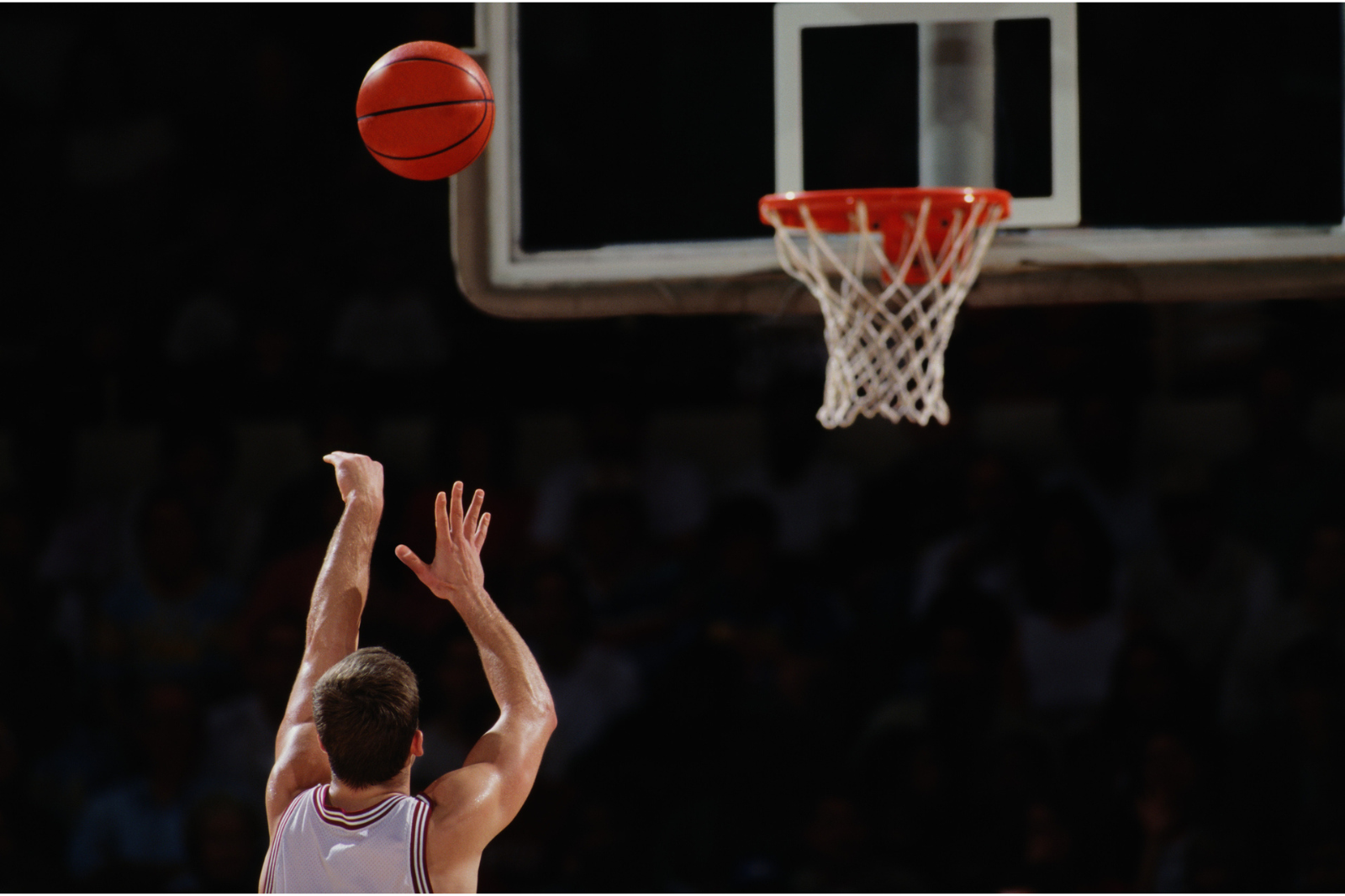How to Use the Leading Handball-Specific Sports Performance Software for Load Management
Author: Michael Elmer
Handball is a sport with unique physical demands. It requires coaches and trainers to develop tailored training solutions and load management to optimize their players’ performance and prevent injuries. But a sports performance software that is handball-specific is simplifying the process by creating load profiles quickly and accurately.
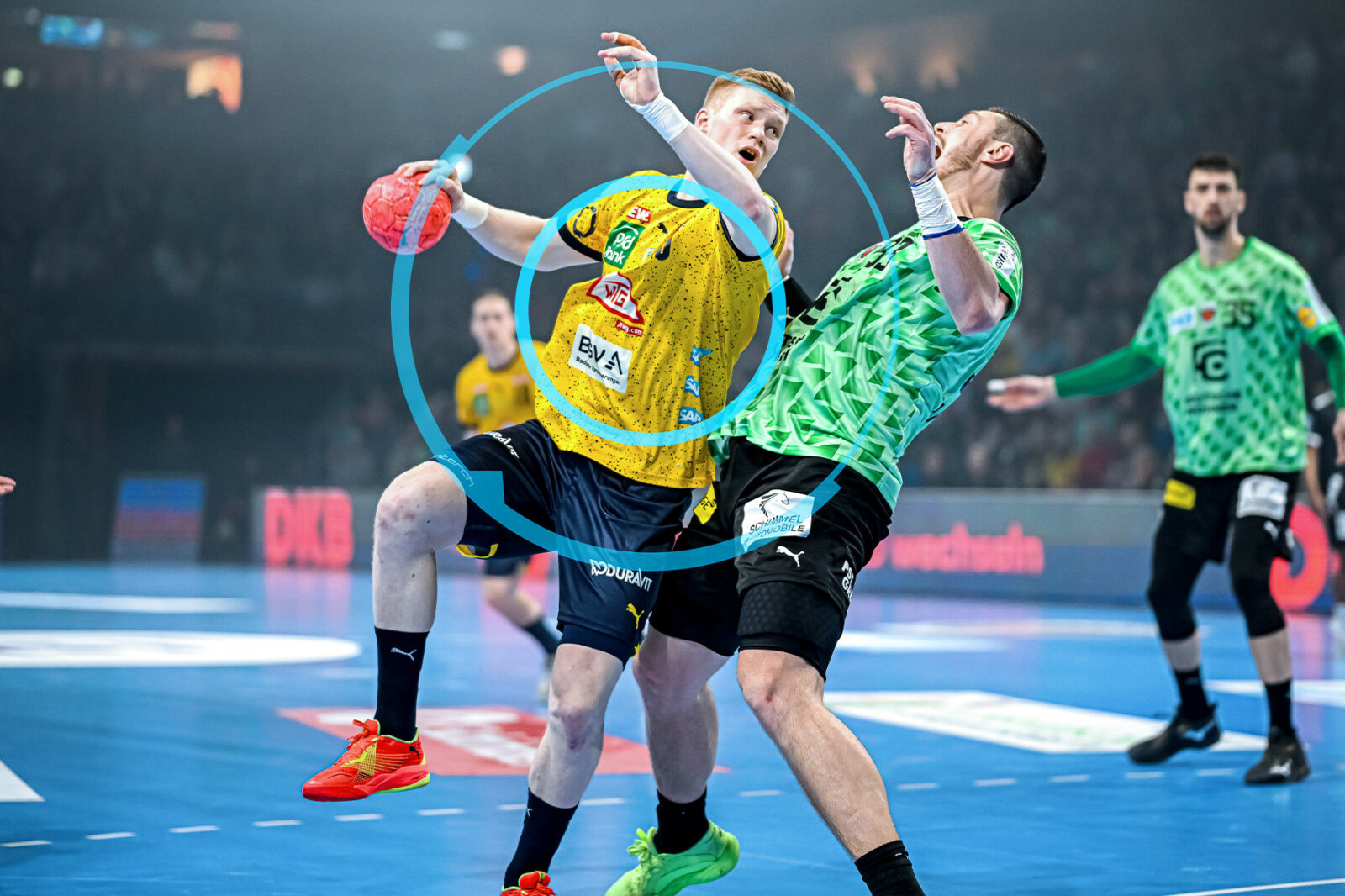
Claiming handball consists merely of high-intensity actions such as sprinting, jumping, change of directions and throwing only reveals parts of the truth. While those intense movements are fundamental for game outcomes, they represent only a small percentage of the total.
Handball players need to perform aerobic and anaerobic actions while meeting strength, power, and speed requirements. Another crucial aspect: during a handball game, athletes repeatedly must recover quickly from intense movements and phases with a lot of games being played in a few days.
In short, load management is critical to your players’ (and your team’s) success.
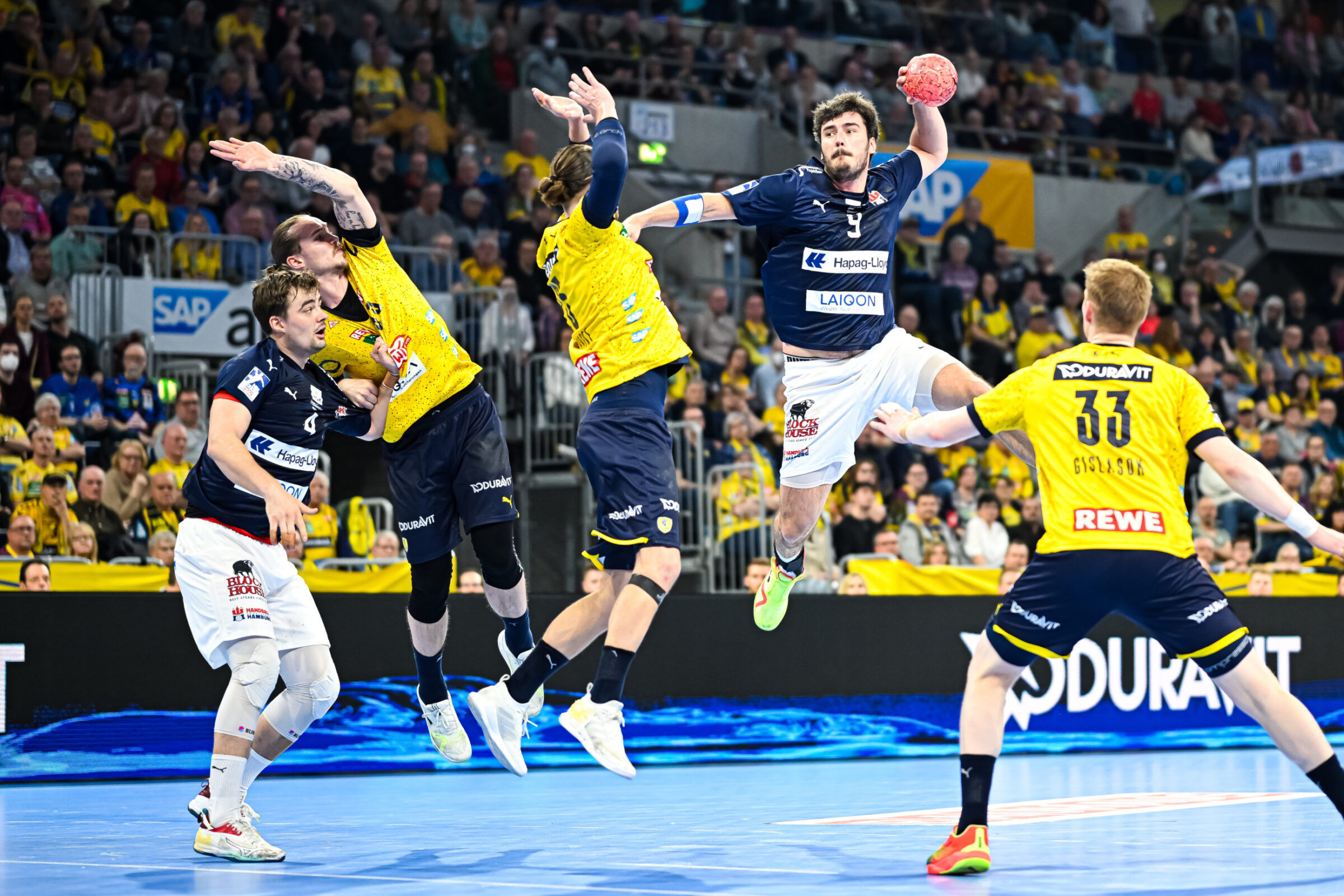
Load Management in Handball Is Not Easy
Load management in handball refers to the process of monitoring and controlling the physical demands placed on handball players during training and competition. This process involves measuring the external load, which is tied to many factors, including:
- Covered Distance
- Average Speed
- Accelerations
- Decelerations
- Heart Rate
- Perceived Exertion
The goal of load management is to optimize your players’ performance and reduce the risk of injury by balancing the training and game demands with appropriate recovery periods. This involves tailoring training programs to the specific needs of each player based on their position, physical condition, and game schedule. To achieve this, handball coaches and athletic trainers use various sports data tools and technologies to monitor players’ performance and load, such as wearable sensors (LPS and IMU) and GPS tracking devices. This type of sports data allows coaches to do things like:
- Track players’ progress
- Identify potential areas of weakness or risk
- Adjust training programs accordingly
Load management is particularly important in handball due to the sport’s unique physical demands, which require players to perform high-intensity actions, including:
- Sprinting
- Jumping
- Change of Directions
- Throwing
Your players must also meet strength, power, and speed requirements. Additionally, handball players must recover quickly from these intense movements. By implementing effective load management strategies, handball coaches and trainers can help players achieve their peak performance and reduce the risk of injury, leading to a more successful and sustainable career in the sport.

“By implementing effective load management strategies, handball coaches can help players achieve their peak performance and reduce the risk of injury, leading to a more successful and sustainable career in the sport.”
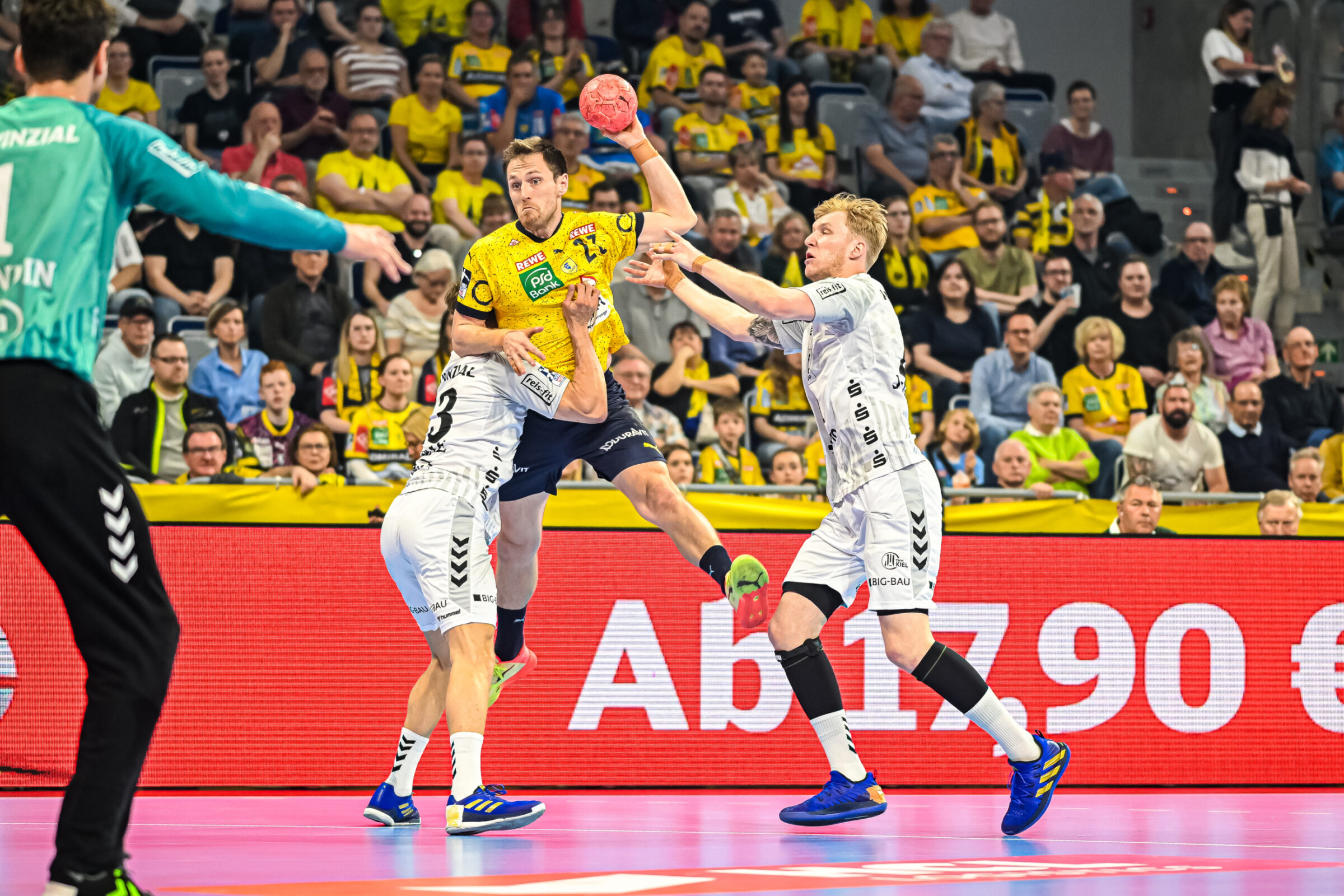
Unravelling Handball’s Load Profile by Role, Positions and Schedule
However, the amount of high intensity a player performs depends on their position as the load differentiates between offense and defense. Studies show that wings and center backs experience the highest external load, so coaches need to consider that fact to prepare athletes for their respective positions’ load demands.
On top of the on-court load, the schedule presents another challenge handball athletes need to master. Top players may play nine games within two weeks during a World Cup or European Championship only to report back with their clubs to prepare for domestic and international competitions nine days later – – everything after having only had three weeks to recover during summer.
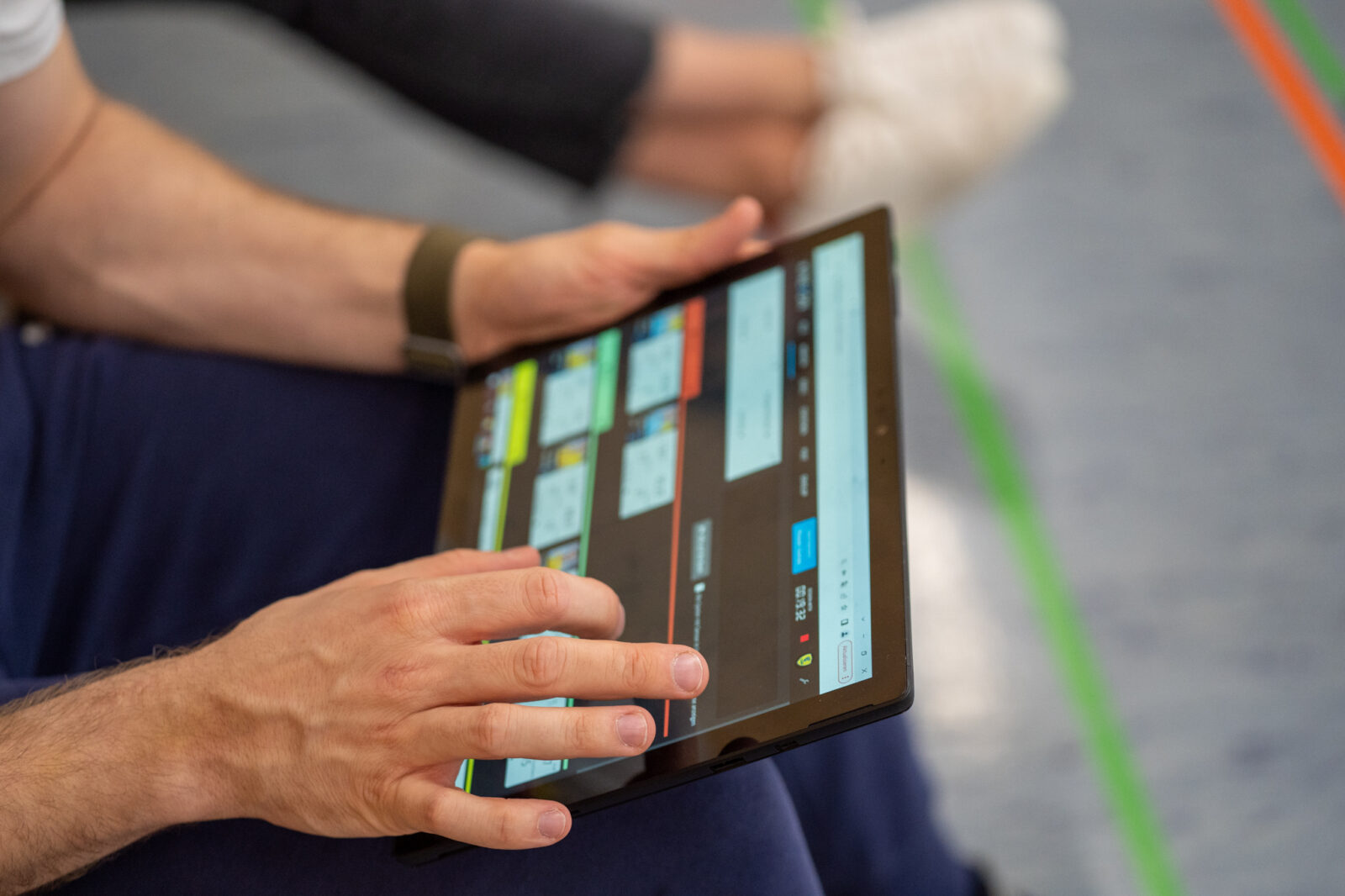
How Sports Data can Help Coaches Deal with Handball’s Demands
Measuring their respective performance-and load profile is vital to helping players peak at the right moment during a season while preventing injuries. It makes it possible to detect dips in performance that may later lead to joint injuries or stress fractures in the legs or feet: two areas under tremendous load in handball.
KINEXON offers two tools that provide metrics regarding external load factors, including the key metrics mentioned above Additionally, handball coaches and athletic trainers can monitor internal factors such as heart rate, which helps measure the intensity of an exercise and its effect on a player’s fitness level.
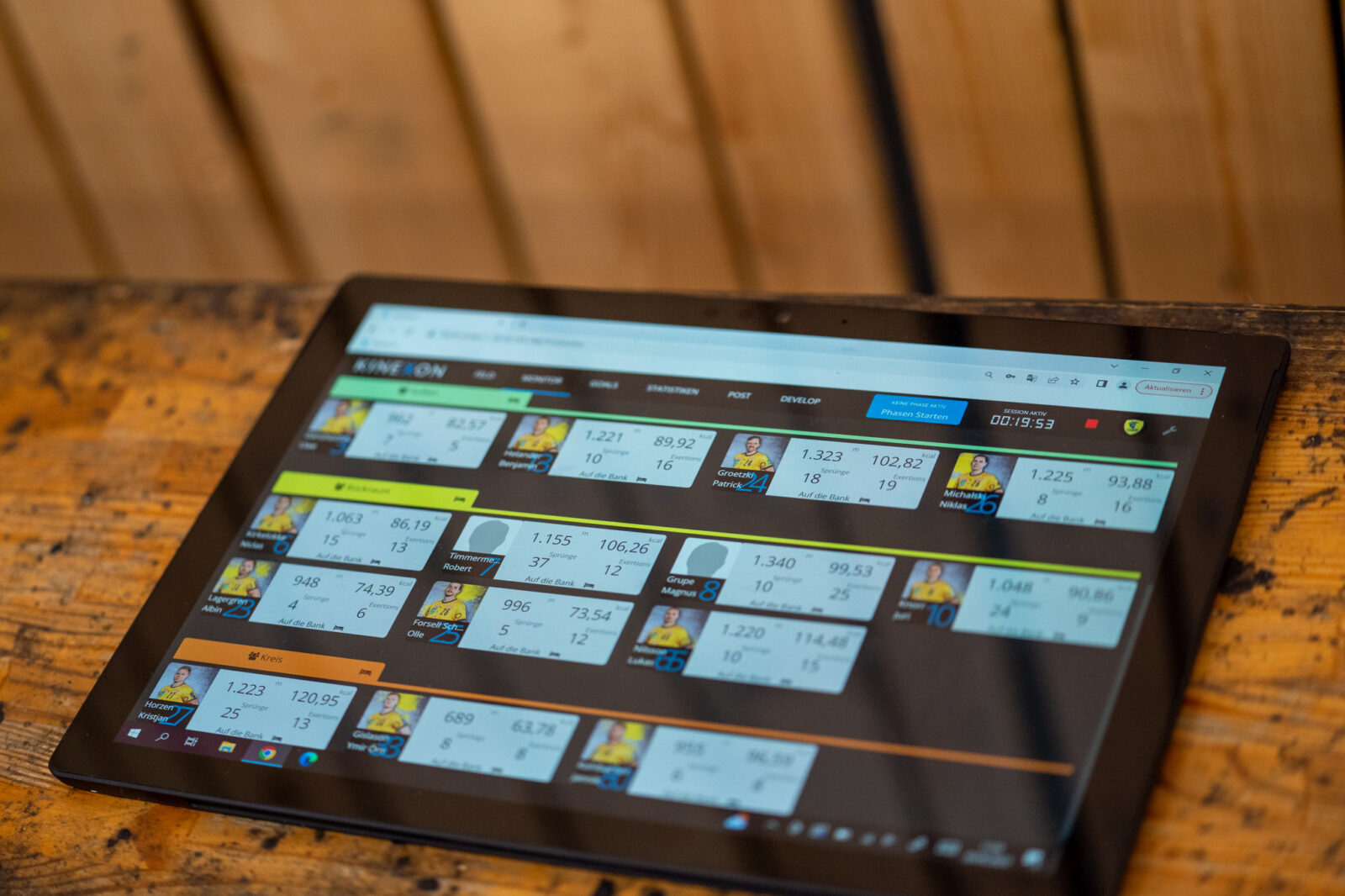
KINEXON’s Sports Performance Software for Handball
Using the KINEXON PERFORM IMU, handball teams have the world’s first handball-specific tracking system at their disposal, a solution that allows for mobile player tracking in any venue, as well as during rehab. The data helps coaches manage their players’ loads, analyze performance, and accompany them on their journey back to the court after injuries.
The KINEXON PERFORM LPS, on the other hand, is a sports analytics software that offers additional options such as tactics analysis and tactics training while providing handball clubs with the most comprehensive live-performance, load, and tactics data in real-time. Plus, being set up around the court, this solution is tailor-made for indoor sports such as handball and offers unmatched accuracy.
That way, coaches and players are perfectly equipped to deal with the high anaerobic load handball puts on athletes, particularly during crucial game situations. Trainers then can develop training programs that fit every player individually to prepare them to meet the sport’s requirements and perform at their best when it counts most.
To learn more about KINEXON PERFORM IMU or any of our other sports performance analysis software our sales team will be happy to assist you.
